Trends
For data-driven stories, to appear under “Trends” menu
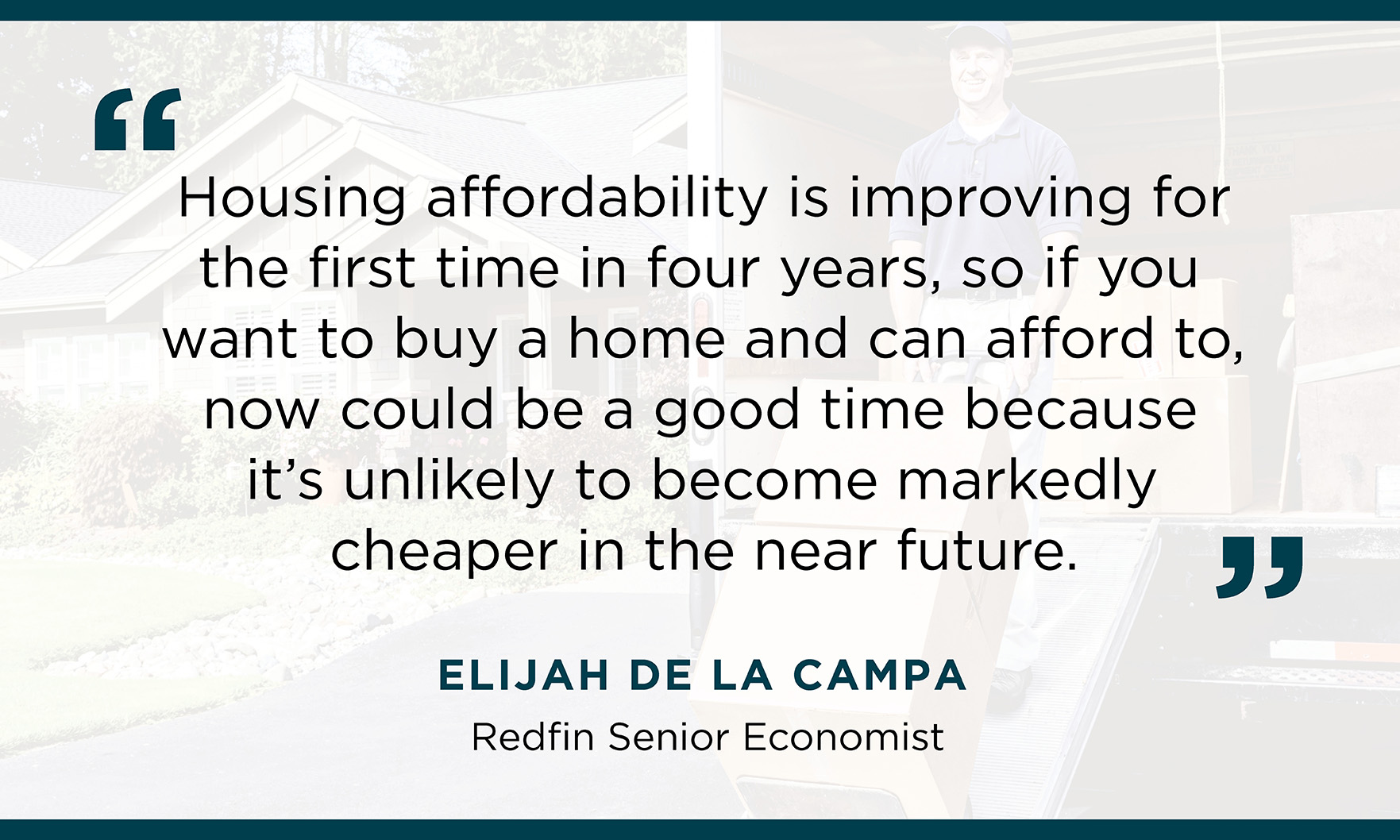
Homebuying has just become more affordable for the first time since 2020, according to a new Redfin report.
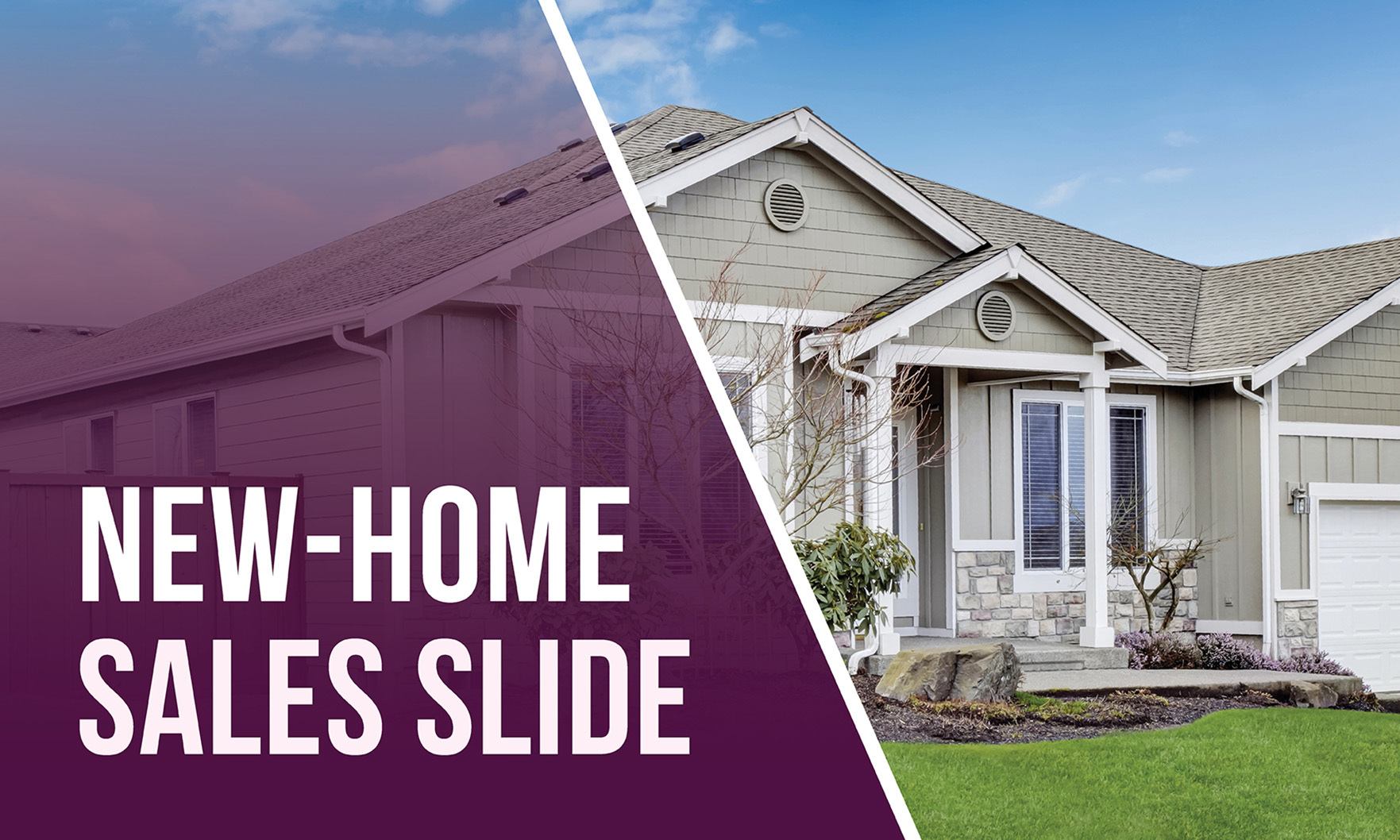
The 716,000 per-year rate of new-home sales topped the consensus estimate of 700,000.
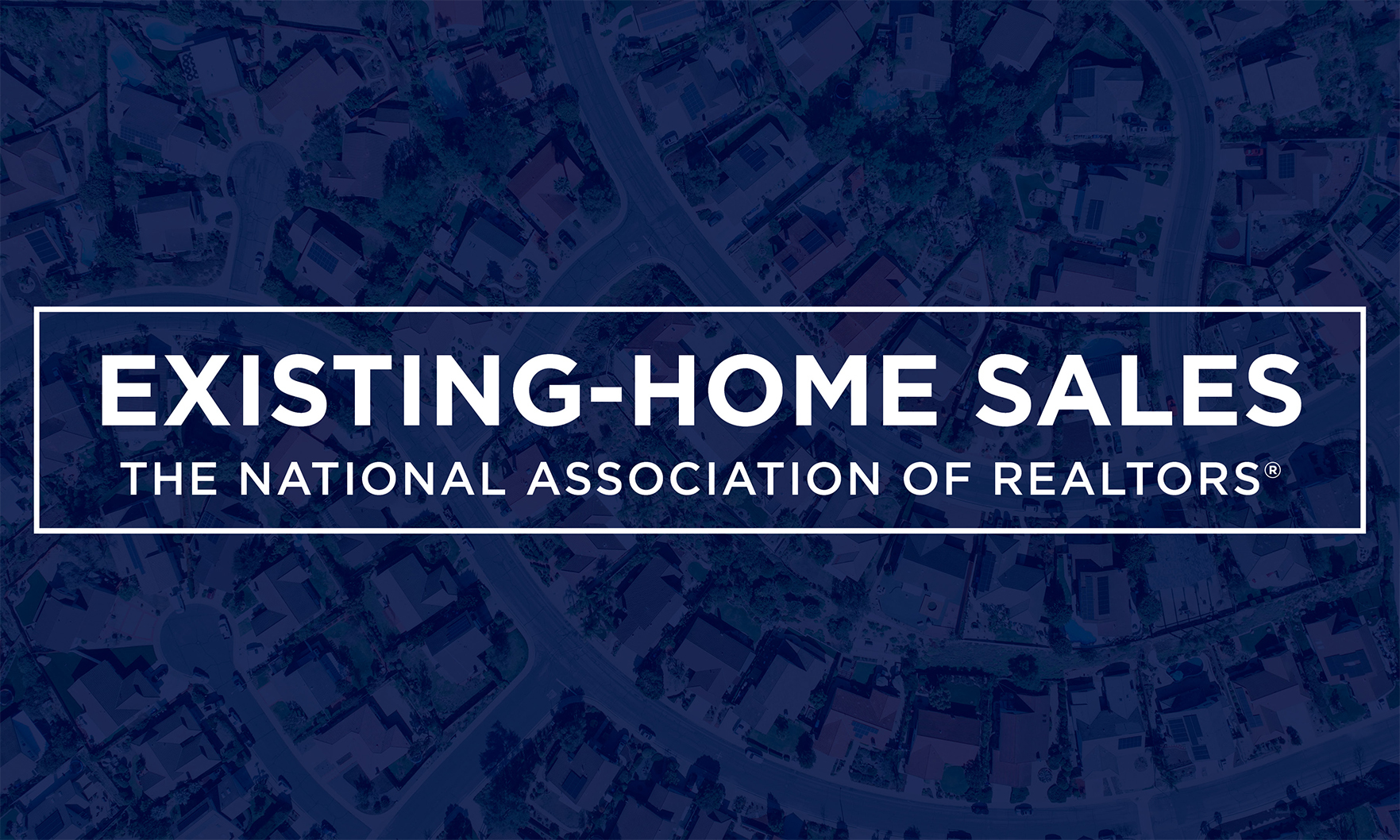
The 2.5% decline followed a 1.3% increase in July, according to the National Association of REALTORS®.

At a time of year when the real estate market typically experiences seasonal declines, this fall is bringing just the opposite.
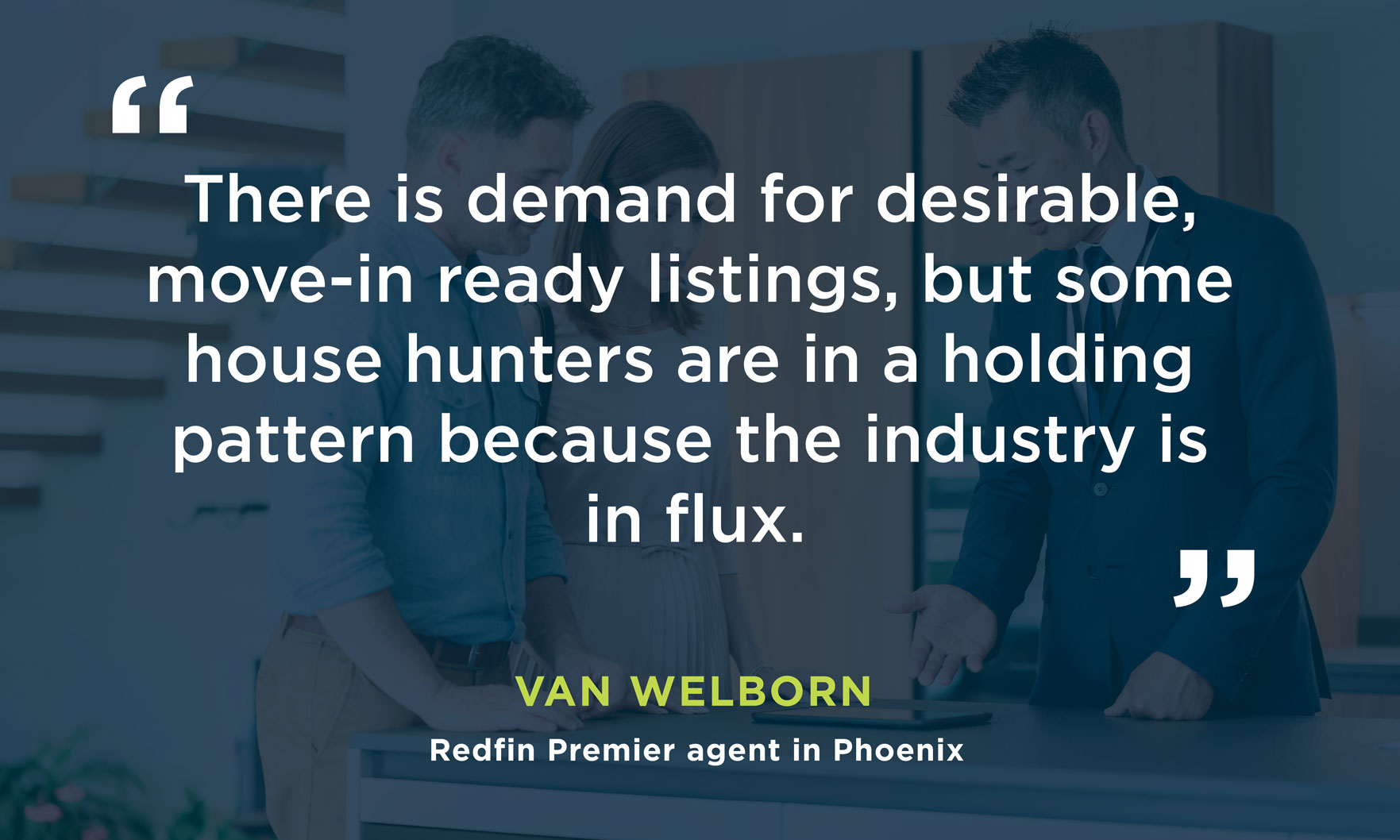
While the average monthly housing payment in the U.S. fell to its lowest level since the start of the year, it isn’t improving sales, as potential buyers are holding out for lower mortgage rates.
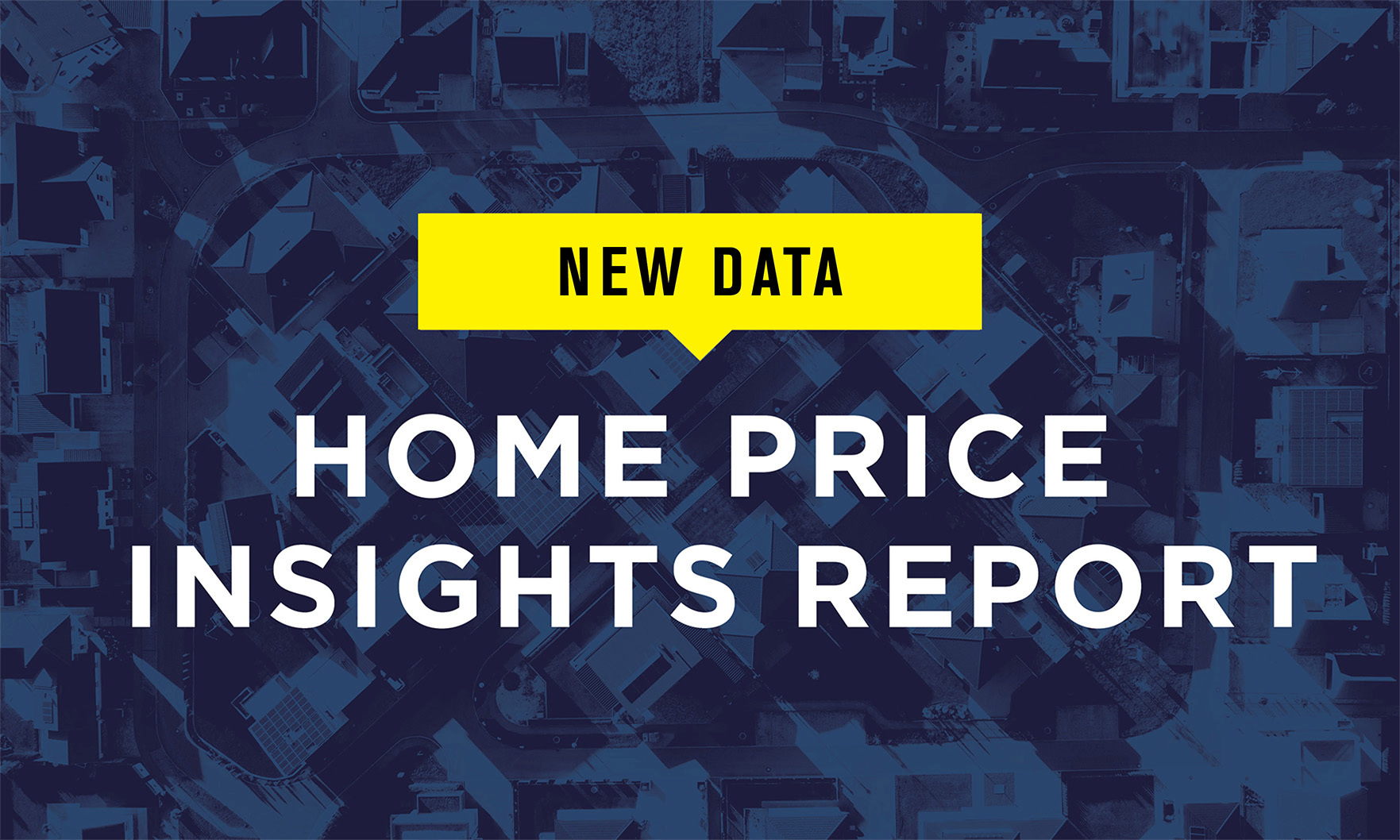
Specifically, prices rose 4.3% annually after growing by 4.7% in June.
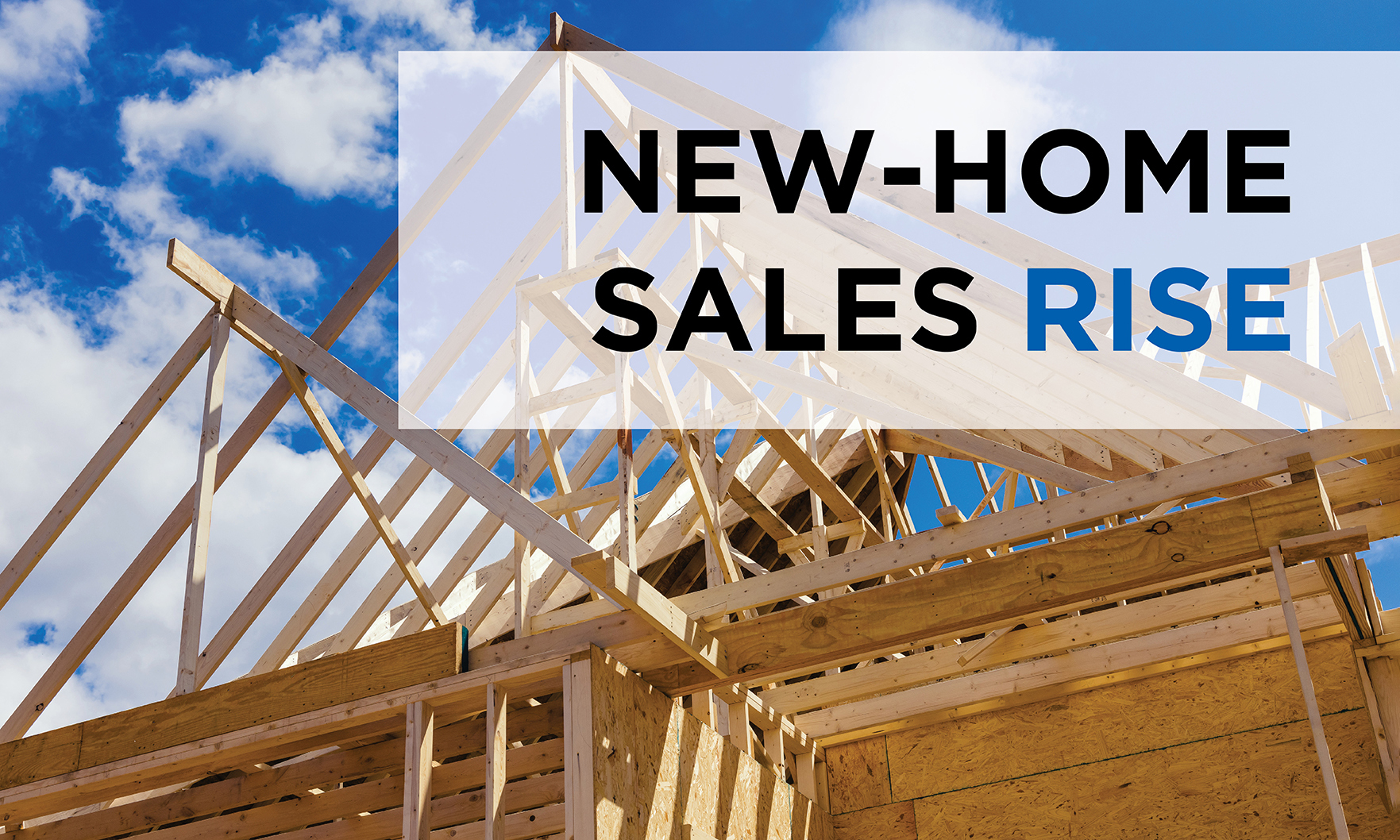
July’s seasonally adjusted annual rate of 739,000 represented a 10.6% jump from June’s upwardly revised rate of 668,000.

The pace of home sales increased 1.3% from June after months of decreases, the National Association of REALTORS® said.
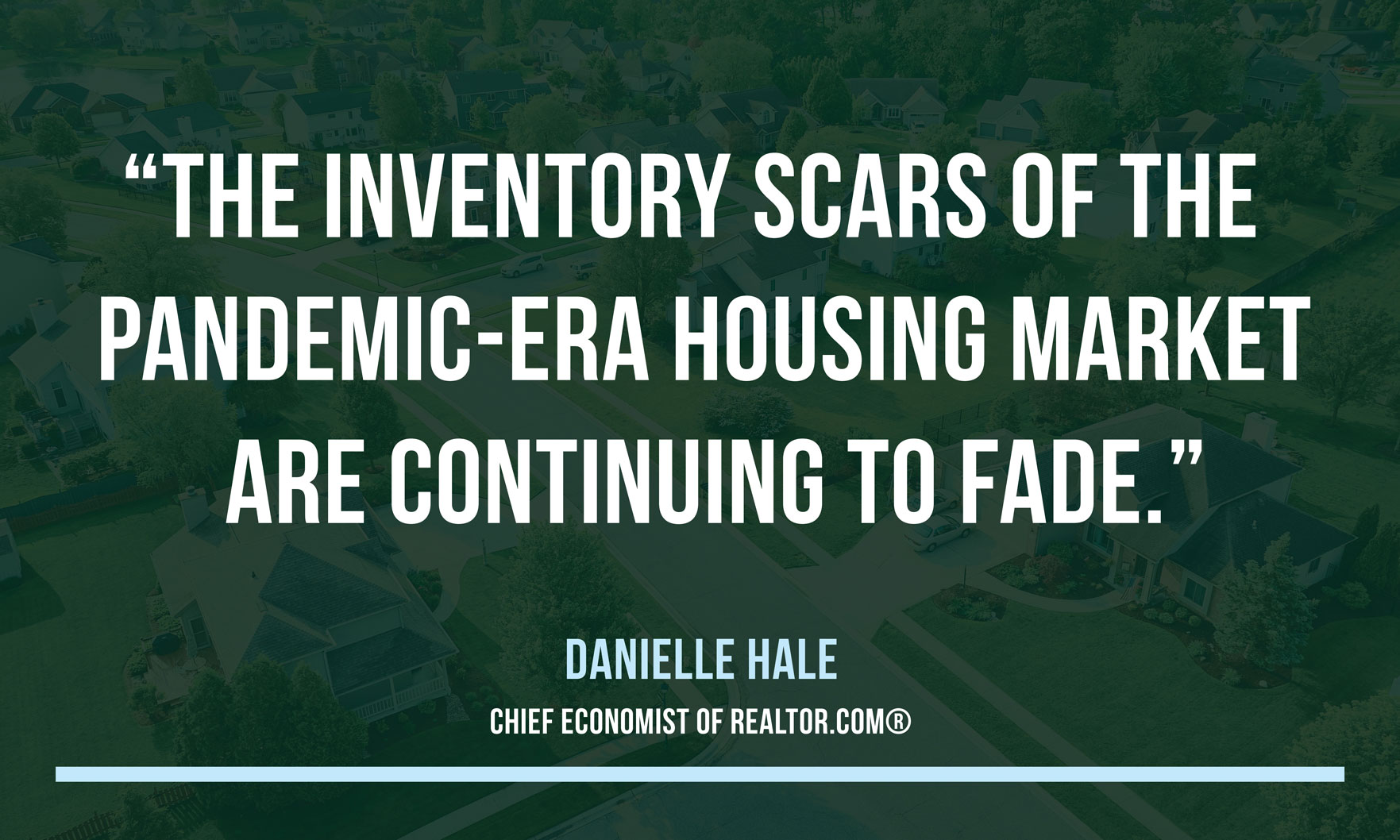
The combination of rising inventory and price reductions in Denver and nationwide is creating a more buyer-friendly market.
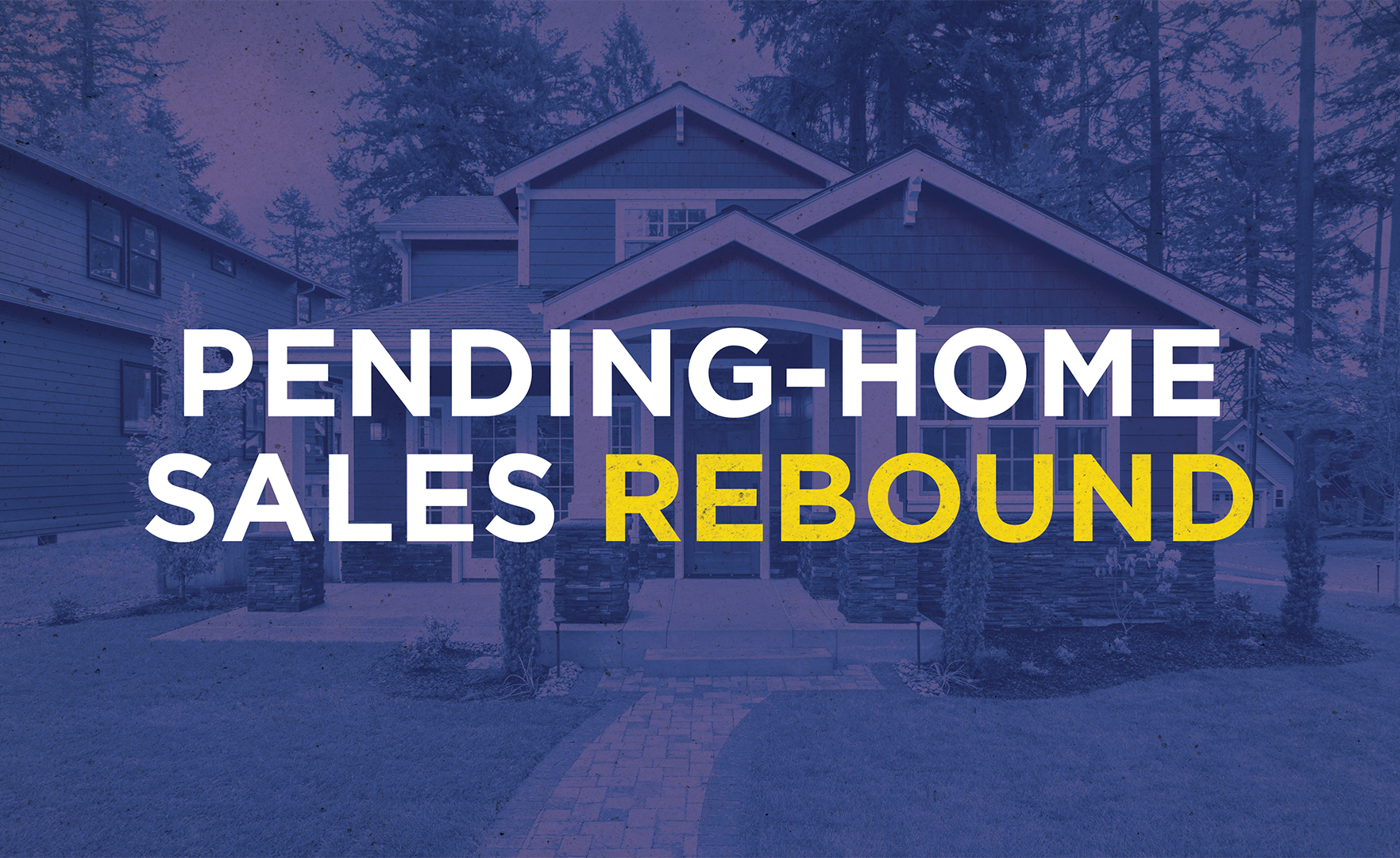
The National Association of REALTORS® said its Pending Home Sales Index rose 4.8% month over month.
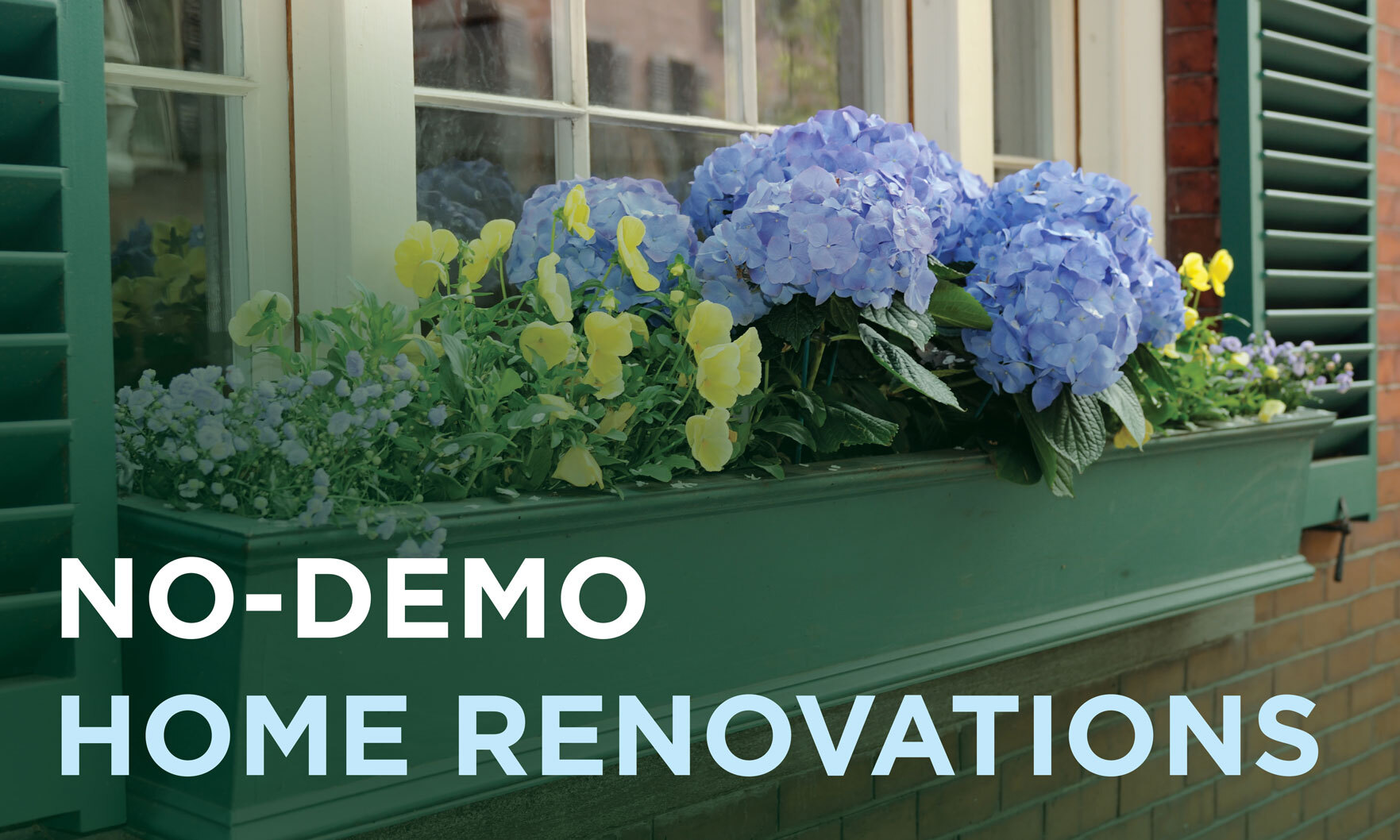
There are plenty of ways to upgrade a home without knocking down walls or hiring a whole construction crew.

Despite record high prices, two factors are creating opportunities for homebuyers this summer: falling mortgage rates and rising supply.

Despite spending more time than ever at home, more than half of Americans admit to hiding from their neighbors, according to a survey from Top Rail Fence.
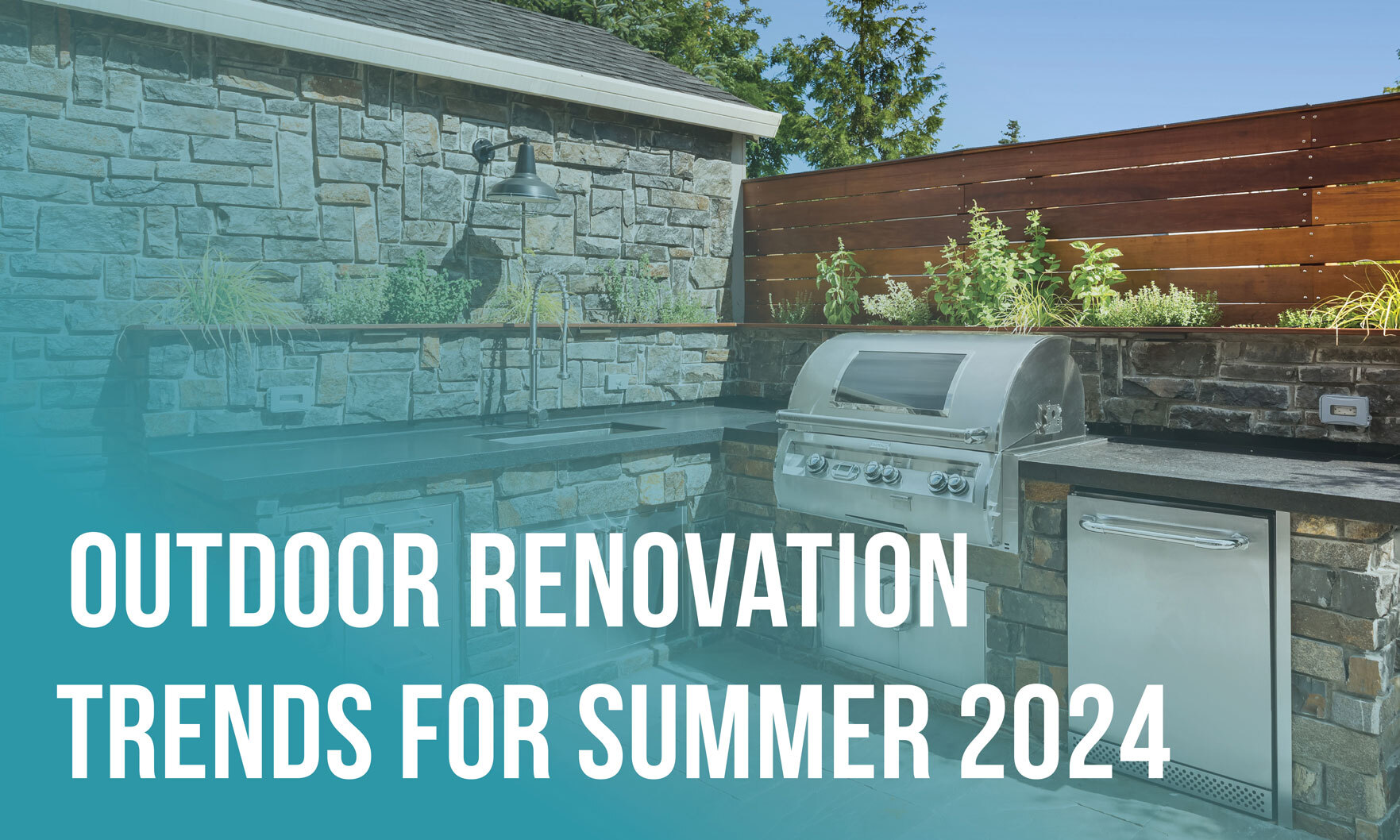
Summer is underway, and many homeowners are looking for ways to upgrade their outdoor spaces so they can enjoy the heat in style.

The record-breaking sales price comes as the pace of transactions slid from April, the National Association of REALTORS® said.

With warm weather heating up much of the United States, many homeowners are craving new summer styles for their living spaces.
